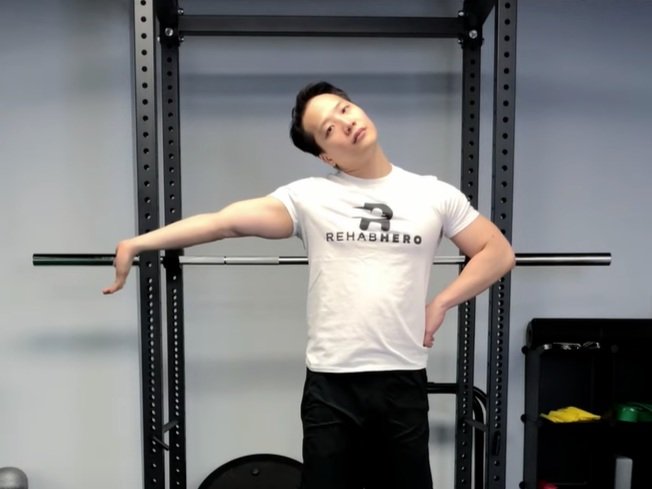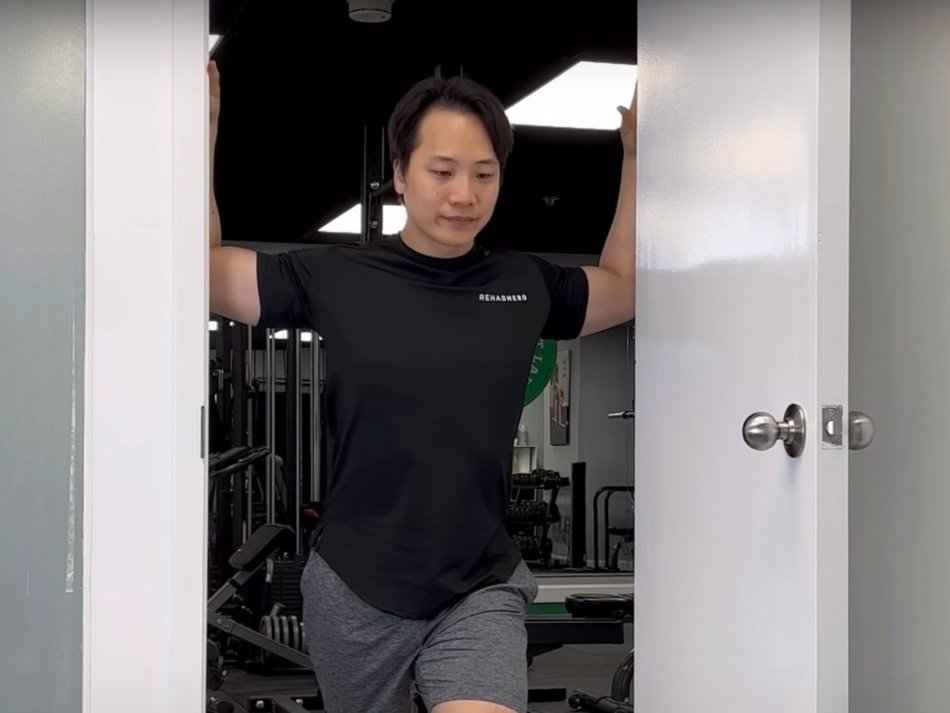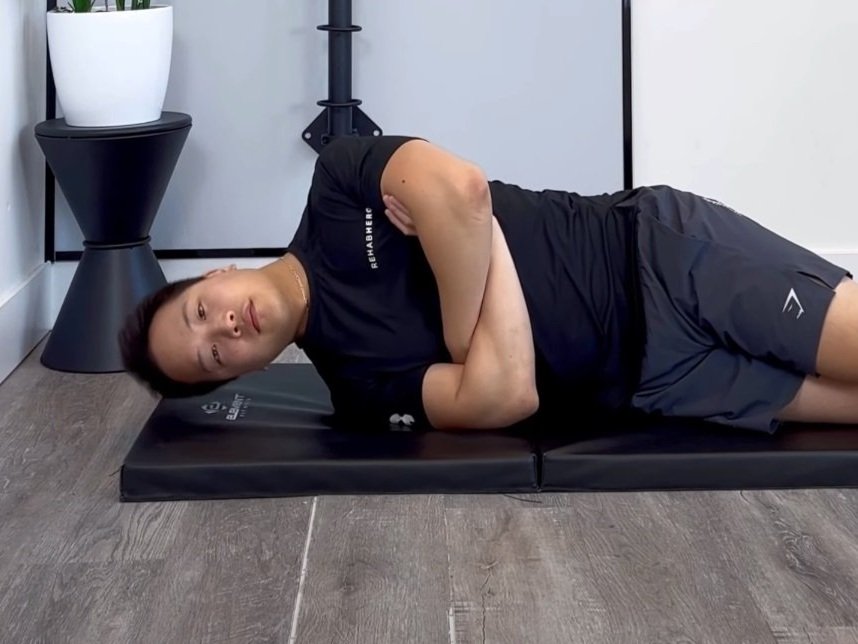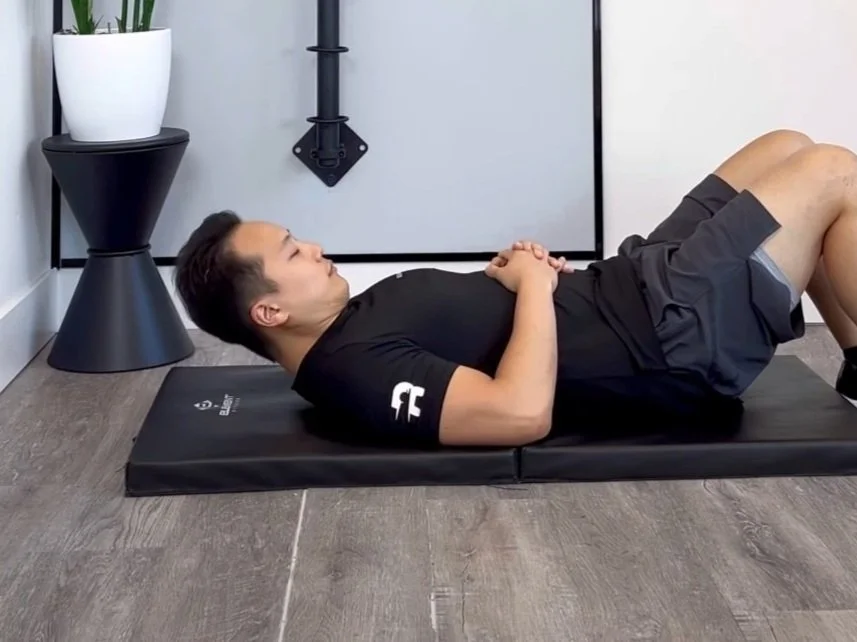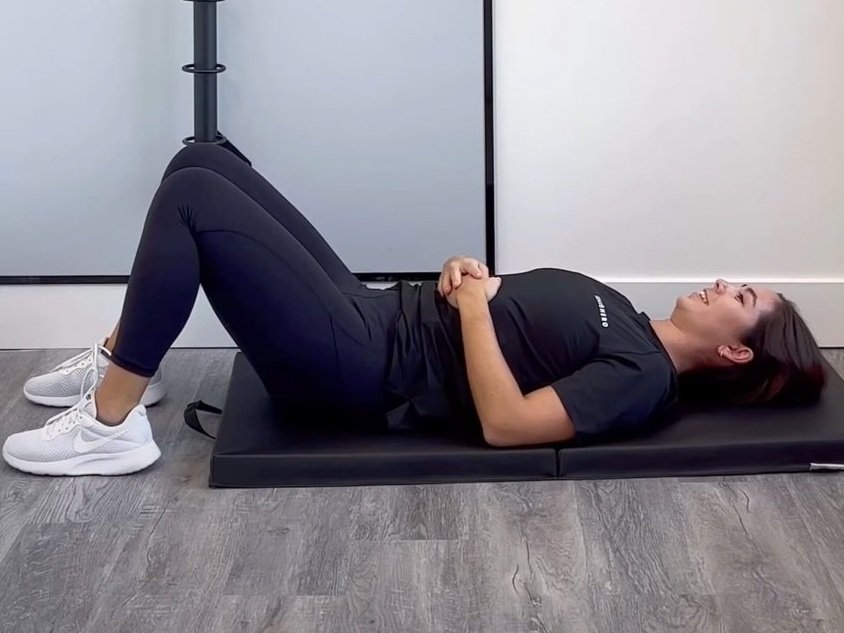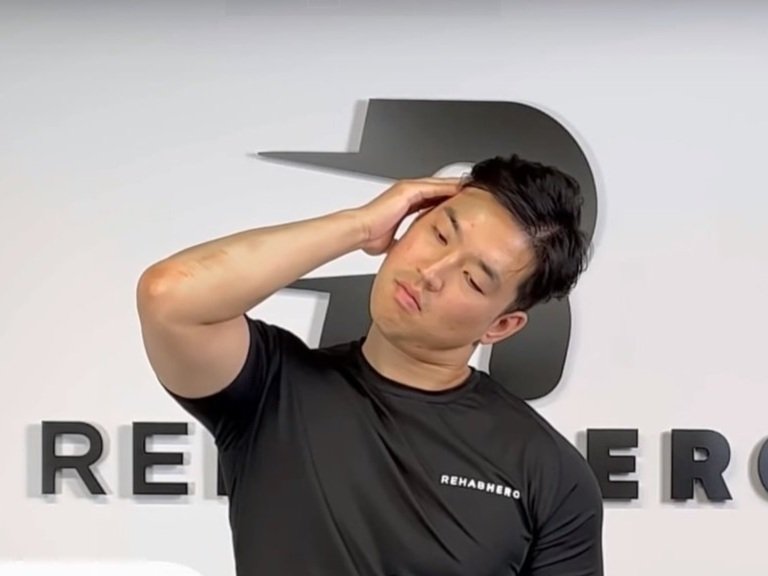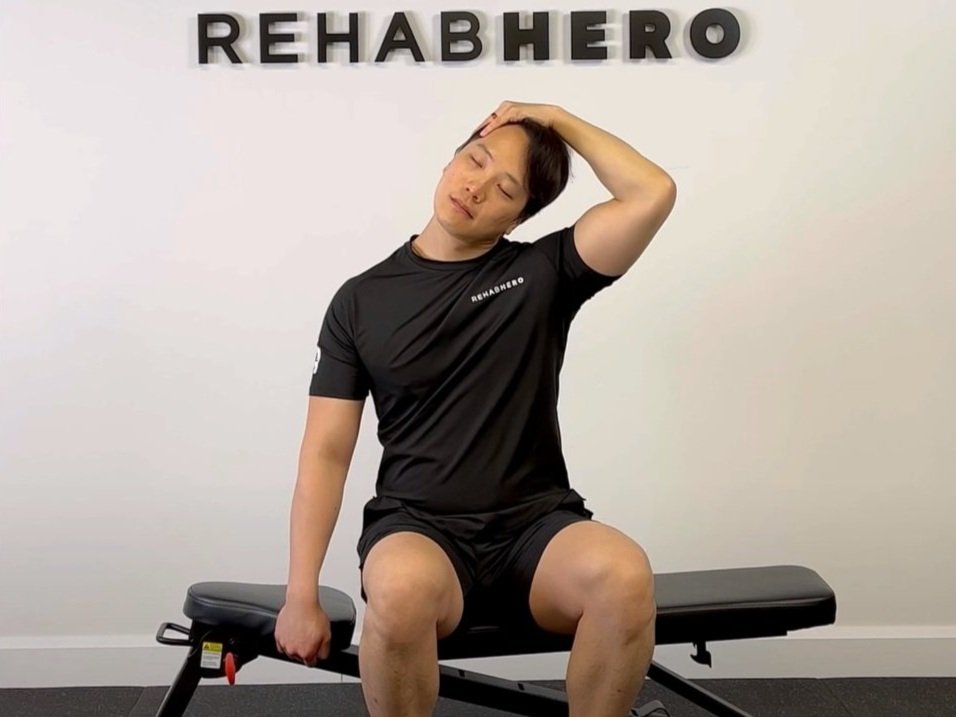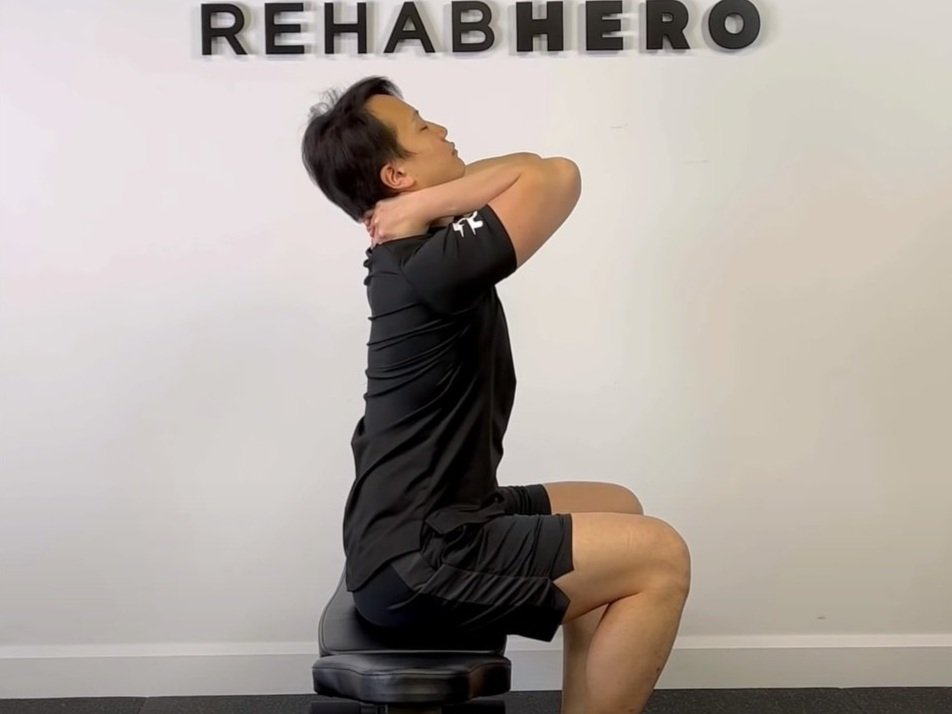Neurogenic TOS: What is thoracic outlet syndrome?
Neurogenic Thoracic Outlet Syndrome
Thoracic Outlet Syndrome (TOS) is the compression of your neurovascular bundle in the neck and chest region. There are different types of TOS: neurogenic TOS, arterial TOS, and vascular TOS. Of the three types we’ll be focusing on neurogenic TOS. If you have arterial or vascular thoracic outlet syndrome, consult your medical doctor as management of these two conditions may require medicine or surgery. In some cases, vascular or arterial TOS is considered a medical emergency. You can read more about the other types of TOS here.
Neurogenic TOS is considered to be a peripheral nerve entrapment of the brachial plexus. This can lead to symptoms such as hand or arm pain, numbness/tingling, burning sensation, or loss of strength. Pain in the hand, arm or shoulder may occur as the brachial plexus stems from the nerve roots of C5 to T1, and splits into the nerves responsible for these regions.
Where does the brachial plexus get compressed?
In true neurogenic thoracic outlet syndrome, also known as classical TOS, the brachial plexus may get compressed at the anterior scalenes, cervical rib, or at the pectoralis minor. This tends to affect the lower brachial plexus which is innervated from nerve roots C8 to T1. This causes muscles innervated by these nerve roots to experience weakness or atrophy. Due to the location of the nerve roots this would cause sensory changes and weakness in the thumb, and atrophy of the thenar eminence. However, nerve roots C5 to C8 may still be affected which will cause correlating symptoms depending on the location of the brachial plexus compression. Of the different nerves, the median nerve tends to get the most affected (affecting the thumb muscles), followed by the ulnar nerve, and then the radial nerve.
Is neurogenic TOS reversible?
If diagnosed early enough neurogenic TOS, also known as cervical rib and band syndrome, is reversible. This is due to the slow natural history of this condition (also known as the natural progression of this condition). The progression of denervation in neurogenic TOS is slow enough that any fiber reinnervation is capable of keeping up with it. Fiber reinnervation can occur when the brachial plexus compression is alleviated. Decompression of the brachial plexus can occur using a combination of manual therapy, soft tissue therapy, and joint mobilisation, and exercise. The combination of interventions required will depend on the compression site (treatment due to entrapment at the anterior scalenes will differ from entrapment at a cervical rib). In order to understand where your TOS is occurring it is recommended to get assessed by a physiotherapist or chiropractor. You can book in with a Rehab Hero clinician in Markham or Toronto by using the button below.
Who can diagnose neurogenic TOS?
NTOS can be assessed and diagnosed by a qualified physiotherapist, acupuncturist or chiropractor. During your assessment your clinician will perform special tests to rule in this diagnosis and to rule out your differential diagnosis. Examples of special tests include the EAST maneuver (a.k.a. Roo’s Test), Adson’s test, Modified Adson’s test, Wrist’s hyperabduction test, focal stress test, Eden’s test, and upper limb nerve tension tests. These tests are classified as orthopedic tests and are used to make a diagnosis without the need for diagnostic imaging such as x-ray, CT scan, or MRI. Your clinician may additional perform a neurological examination by looking at your deep tendon reflexes, dermatomes, and myotomes. To get properly assessed by a physiotherapist, chiropractor or acupuncturist at a Rehab Hero clinic in Markham or Toronto, click the button below.
Which tests are required for neurogenic TOS?
Diagnostic imaging may be requested by your health care practitioner but is not required to confirm the diagnosis of neurogenic thoracic outlet syndrome. X-ray may be ordered to observe for any bony abnormalities that may be contributing to your NTOS such as a cervical rib. CT scan or MRIs may be requested to rule out other conditions like a disc herniation. Nerve conduction tests may also be requested to assess for nerve damage (<70 m/sec is considered irregular). Lastly, angiography or doppler ultrasound may be needed to assess for arterial TOS or venous TOS.
What can mimic neurogenic thoracic outlet syndrome?
There are a few conditions that present similarly to neurogenic thoracic outlet syndrome, and it is recommended to get assessed by a qualified health professional prior to trying any new exercises for this condition. Exercises for one condition may aggravate another condition, so it is recommended to consult an allied health care worker about any questions you may have. Conditions that can mimic NTOS includes but is not limited to:
Cervical disc herniation
Cubital tunnel syndrome
Pronator teres syndrome
Brachial plexopathy
Rotator cuff tendinopathy or myofascial pain syndrome
Multiple sclerosis
Cervical stenosis
Posterior interosseous nerve (PIN) entrapment
What treatments are available for neurogenic TOS?
Treatments for NTOS will be focused on alleviating compression of the brachial plexus at the site of entrapment. Due to the variable entrapment sites, treatment methods may vary. Treatments such as acupuncture, myofascial release therapy, scraping therapy, deep tissue massage, sports massage, cupping therapy, joint mobilization, joint manipulation, and/or low level laser therapy may be used to alleviate symptoms relating to NTOS. Myofascial release may be used on the scalenes or pectoralis minor to reduce muscular compression of the brachial plexus. Joint manipulation or joint mobilization may be used to move a hypomobile first rib or cervical rib in addition to the cervical and thoracic spine. Acupuncture may be used on local points as well as ST38, LI4, LI5, and GB34.
Which exercises can I do for neurogenic TOS?
Exercises prescribed to you by your chiropractor, physiotherapist or acupuncturist will depend on which location your brachial plexus is being compressed. General measures will include exercises focus on improving nerve mobility, muscular flexibility, as well as breathing exercises.
Nerve flossing is a type of exercise that helps to improve the mobility of a nerve. When doing this type of exercise it is important to know that it should be non-aggravating and pain-free to complete. Generally speaking, no nerve tension should be felt while completing this exercise as the goal isn’t to stretch the nerve, but to promote it’s natural ability to glide through the arm, shoulder and neck. An example of a nerve flossing exercise is the Median Nerve Floss exercise.
Light stretching is used to improve muscular flexibility. The goal of stretching is to improve passive range of motion and to decrease the amount of pressure that the muscle is applying to your nerve bundle. Stretching of the scalenes and/or pectoralis minor muscles (depending on your compression site) may be used as part of your rehabilitation program. These stretches are done within a pain-free and non-aggravating range of motion. The goal is to feel a light stretch without reproducing your symptoms. Stretches are generally held for 20-30 seconds and can be completed once or twice daily. Examples of stretches include the Scalenes Stretch and the Doorway Chest Stretch.
How can I get started on NTOS recovery?
Neurogenic thoracic outlet syndrome has a good prognosis with roughly 90% of patients improving with multidisciplinary conservative management. If you suspect that you have NTOS, it is recommended to consult a highly rated health care practitioner near you in order to prevent delays in your recovery. Self diagnosis is not recommended as varying conditions present similarly but are managed differently. If you are looking to get started with a Rehab Hero physiotherapist, chiropractor or acupuncturist you can click the button below to book your assessment.
Written by Dr. David Song
Dr. David Song is a chiropractor in Markham and Toronto. He founded Rehab Hero in 2020 in order to provide high quality care to his patients. Outside of the clinic you can find him lifting weights at local gyms around the GTA.


